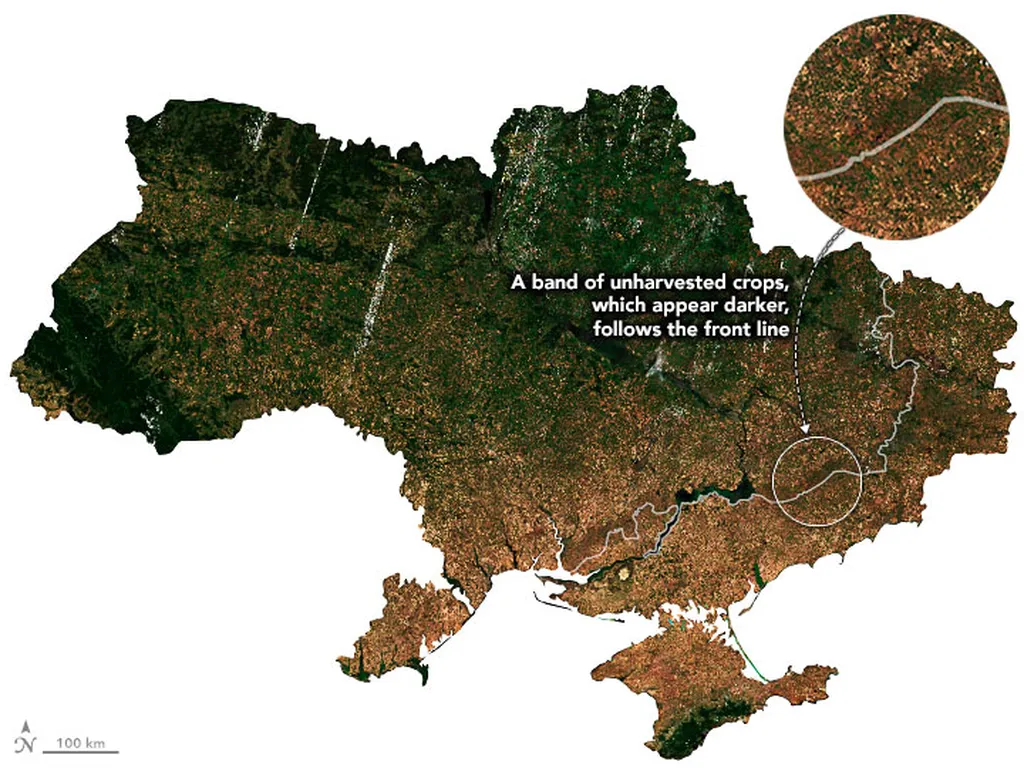In the heart of Ukraine, a groundbreaking study is reshaping how we understand and manage our agricultural landscapes. Led by O. Tarariko, this research, published in the journal “Agricultural Science and Practice” (translated from Ukrainian as “Agricultural Science and Practice”), is harnessing the power of satellite data to revolutionize agroecological monitoring. The findings could have significant implications for the energy sector, particularly in how we assess and mitigate the impacts of climate change on our vital agricultural resources.
The study, conducted across three natural-climatic zones in Ukraine, utilized satellite data from NOAA and Sentinel to assess the impact of climate change on vegetation, soil erosion, and landscape diversity. The results were striking. In the Polissia and Forest-Steppe zones, the study found a positive correlation between climate warming and vegetation health, as measured by the Normalized Difference Vegetation Index (NDVI). “The correlation coefficients were R = 0.64 and R = 0.77 respectively,” Tarariko noted, indicating a strong positive impact. However, in the Steppe zone, the correlation coefficient dropped to R = 0.35, signaling an elevated risk of droughts.
This research is not just about understanding the current state of our agricultural landscapes; it’s about shaping the future. By identifying critical zones of erosion degradation, the study provides a roadmap for targeted conservation efforts. “Satellite data of Sentinel-1 were used to determine critical zones of erosion degradation of arable lands, requiring preservation and their inclusion to the natural fields,” Tarariko explained. This approach could optimize agrolandscape diversity, a crucial factor for sustainable environmental management.
The implications for the energy sector are profound. As we grapple with the impacts of climate change, understanding how our agricultural landscapes are evolving is vital. This research provides a powerful tool for assessing and mitigating risks, from droughts to soil erosion. It’s a step towards a more sustainable future, where technology and environmental stewardship go hand in hand.
The study also highlighted the inadequacy of traditional agroecological monitoring systems, advocating for a more comprehensive approach that leverages satellite data. This shift could revolutionize how we manage our agricultural landscapes, making them more resilient to the challenges posed by climate change.
As we look to the future, this research paves the way for more sophisticated, data-driven approaches to environmental management. It’s a testament to the power of technology in shaping a sustainable future, one where we can harness the insights from space to protect and preserve our precious agricultural resources.

